Legacy of the Rift.
Tests the player's ability to adapt to escalating challenges through the game's intricate mechanics, level design, and narrative systems.
Download Legacy of the Rift here.
Role
- Lead Game Designer
- Lead Narrative Designer
- Assistant Game Developer
Tools
- C#
- Unity
- Figma
Team
- Erika Wang - Artist
- Hanna Luu - Dev / Media
Date
September - December 2021
Project Overview.
Briefing & Gameplay Demo
Legacy of the Rift was a semester-long project for a class called IAT 410: Advanced Game Design. The team was tasked to rapidly iterate interesting game mechanics per week, with the freedom to implement any other aspects that facilitated increased player engagement. As such, our team proposed this as a sequel to our previous project, Beyond the Rift, with improved combat mechanics in the form of switching characters for utility as well as the same narrative design systems that created an alluring story.
Legacy of the Rift Evil Playthrough
Responsibilities.
Game Mechanics Design & Balancing
Spearheaded the design of combat mechanics, including ability systems for 3 playable protagonists and combat behaviors for 4 enemy types and 2 bosses. Refined and balanced combat systems by implementing a character switching system and introducing the Zeal system, a resource that enables ability casting and replenishes during enemy combat.
Game Design Documentation
Wrote detailed game design documentation describing game mechanics, game loops, combat systems, branching narrative implementations, art direction, and sound design. Documented playtesting sessions and feedback to enhance and define project goals.
Narrative Design & Implementation
Authored the script for Legacy of the Rift and led the integration of the dialogue and RP system using Unity's Fungus tool; certain dialogue choices that players can make throughout the playthrough will impact the ending of the story.
Art & Sound Design Collaboration
Worked closely with cross-functional art and sound design teams to establish cohesive art direction for characters, environments, UI, and immersive soundscapes, encompassing music, sound effects, and voice lines. Additionally, brought the game's characters to life by voice acting all playable and non-playable roles.
Playtesting Iterations
Tasked with gathering players of different gaming backgrounds to conduct in-depth playtesting sessions on a bi-weekly basis.
Development Assistance, Scripting
Assisted the development team with scripting combat behaviors for playable and non-playable characters using C# and Unity.
Game Mechanics.
Character Switching
Players can switch between three unique playable characters, each possessing distinct abilities and utilities that offer strategic advantages in combat such as mobility, healing, and crowd control.
Ability System
Each character possesses a passive ability and 2 combat abilities. Players must manage cooldowns between characters during combat scnearios.
Zeal System
Players must strategically manage two interconnected Zeal resources: a blue Zeal bar, which fuels Right-Click abilities and replenishes over time, and an orange Zeal bar, which builds up from damaging enemies and, when maximized, enables players to utilize their ultimate ability to deal a lot of damage.
RP System / Dialogue Choices
Players must progress through 3 levels, engaging in narrative systems (dialogue choices) in between them. Certain dialogue determine which of the 2 bosses they will face in the endgame. For example, choosing evil dialogue choices will yield less RP than choosing good dialogue choices.
The Protagonists.
Lokir Ironhand
Lokir trained the most under the wing of his father's mentor, Khajiit D'Amelio, to hone his Gifted abilities. Lokir quickly mastered illusion magic, combining Khajiit's agile combat style and his own clones to create a novel fighting style of both evasion and deception. He provides utility in the form of mobility, repositioning, and DPS.
"In my book, speed and cunning reign supreme over brawn."
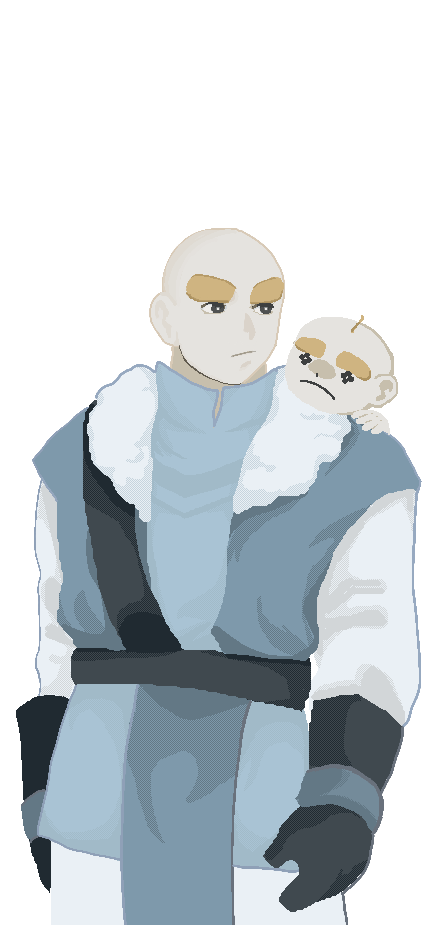
Left-Click
Spectral Laceration
Lokir's basic attack propels him forward, phasing through enemies. Each swing has a brief cooldown.
Right-Click
Spectral Warlock
Lokir conjures an illusory clone that deals damage to enemies from a distance for 18 seconds. Lokir can activate the clone a second time to swap places with it.
Halvar Ironhand
Halvar grew to a gargantuan 7 feet at the age of 15. Due to his large stature, he began to take interest in geokinesis: a magic form which demanded great physical strain from the user. Halvar trains from dusk till dawn daily, pushing his body to its absolute limit. In combat, Halvar provides utility in the form of crowd control and stalling.
"To deny the pursuit of strength is to deny the essence of life."

Left-Click
Hammer Time
Halvar swings his hammer in front of him, smashing the ground to deal damage multiple enemies.
Right-Click
Legendary Monolith
Create a stone wall in front of you. Grounded enemies and enemy projectiles cannot pass through the wall and must break it. Only friendly projectiles, clones, and aerial enemies can pass through the wall.
Ursa Ironhand
The only thing sharper than Ursa's wit is her skill with the bow. Outside of her hunting activities, Ursa can be found with her head buried in the ancient scriptures of spirit magic, as she endeavors to become a renowned healer to aid those in need. Ursa provides utility in the form of healing, debuffing, and ranged offense.
"The dexterity of the mind and hand go hand-in-hand."
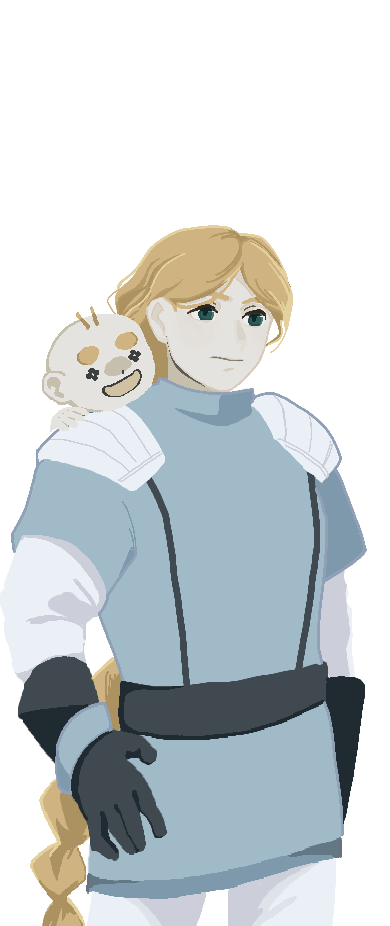
Left-Click
Munir's Arrow
Ursa imbues her arrows with Spiritual Energy to pierce through multiple enemies, making her basic attacks apply a slowing hex for a short duration.
Right-Click
Harbinger Of Life
Ursa invokes a wolf spirit at her location to provide health regeneration to the party for 8 seconds. The party must be within range of the healing aura.
Hjallna, Morkvar, & Eerika Ironhand
Hjallna, Morkvar, & Eerika are the youngest of the Ironhands. They began to show signs of Gifted abilities instantly, yet no one knows the extent of their powers yet. After the Scourge of the Gifted disease ravaged Wulfgard, the three fell ill. The wanted to accompany their siblings in the quest of finding their parents.
"One day...we will become strong!!!"
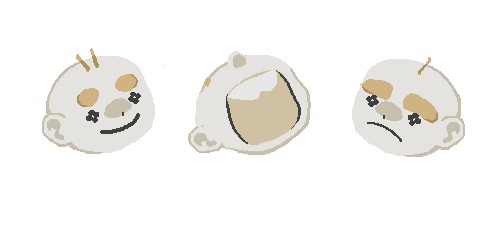
E
Ironhand Barrage
The Ironhand babies imbue their siblings with zeal, enabling them to conjure the strongest form of their respective abilities at once to deal massive damage to enemies around them. Ursa and Lokir also leave lingering effects in the form of a defense reduction hex on enemies and a clone that engages in melee combat for a short duration.
The Antagonists.
The Scourged
These atrocities are the result of the Scourged of the Gifted disease turning Gifted into monsters. They only hunger for flesh and blood, attacking villages and cities to further spread the affliction and ensure that no living being is left.
In combat, variations of the Scourged have different fighting styles. From left to right: Shadowmares attack in melee range; Botchlings pounce at their targets every 2 seconds; Spear Mares throw spears at a distance; Gorewings fly in the air and can detach their lower half to attack with their upper half simultaneously.
Bjorn Ironhand
The Legendary Demon of the Rift, Bjorn hails as one of the strongest heroes in Wulfgard's history. When the Scourge of the Gifted infected the majority of Wulfgard, he went on an expedition to the island of Shadow's End with his wife, Mjoll Ironhand, in an attempt to find a cure.
In combat, Bjorn manipulates space-time by teleporting. He can also fire demonic projectiles that damage and hone towards its targets.
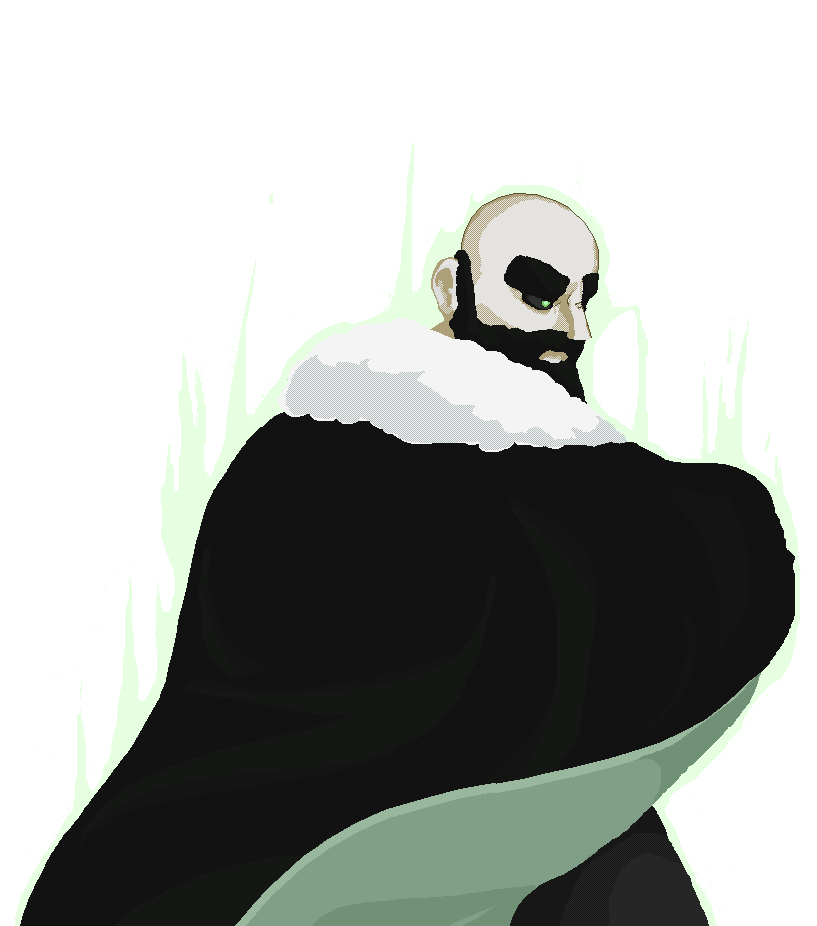
Mjoll Ironhand
Mjoll is one of the most renowned spirit magic users in Wulfgard. Due to her extreme proficiency in healing and hexing, most thought that she was able to heal any form of disease...except one. Mjoll accompanied Bjorn to the expedition to Shadow's End, hoping that her skills will prove useful in finding a cure...
In combat, Mjoll can conjure a poisonous field of gas that deals damage over time to anyone caught in it. Mjoll can also summon various spirits to aid her in combat.
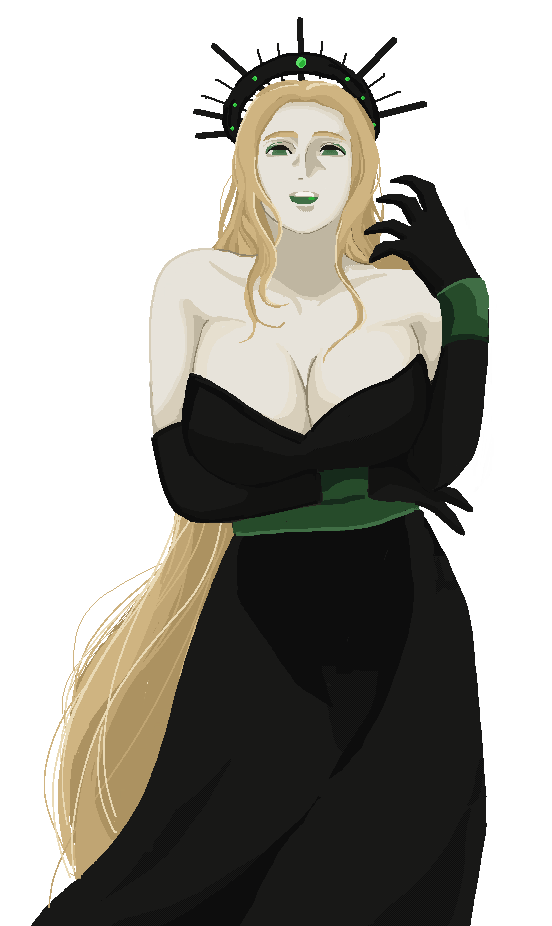
Design Challenges.
Problem
A pervading problem in the initial iterations of the project was balancing the 3 Legacy abilities in a way that players could intuitively determine which character they wanted to switch to based on combat circumstances.
With this came another design issue: the number of abilities per character which may prove overwhelming for players to memorize. Due to the convention of RPG games having one character with a set of abilities, wouldn't it be too much for players to manage more than one character with multiple abilities, albeit remember their utility?
Solution
The proposed solution was to devise clear utility roles for each Legacy, and to ensure that abilities synergized well with one another to facilitate character switching and ultimately the creation of various strategies that came such mechanics.
As such, Legacies were given one basic attack, one ability, and combined ultimate abilities - all of which provided distinct utility and crafted a role for each of them. This came in the form of a Holy Trinity system: DPS, Defense, and Healing. Secondary aspects to those roles were also added, such as evasion, crowd control, and debuffing.
Playtesting Results.
01
Who were the playtesters?
The team gathered gathered individuals of various gaming experiences and ages as a means to gauge how intuitive the mechanics and controls of the game were, as well as whether or not the narrative itself bolstered the movitation to progress through the game's story.
02
Were players able to remember the utility of each of the 3 Legacies?
Initially, each Legacy had one basic attack, two abilities, and one ability. This resulted in playtesters struggling to remember which Legacy abilities provided the needed utility during combat situations. The ultimate abilities were also rarely used.
As such, we reduced the abilities by 1 and combined the ultimate abilities and their effects together. This more clearly defined the roles for each Legacy, and players had a less of a cognitive strain remembering the effects of each ability.
03
Were the usage rates amongst the Legacies well-balanced?
Initially, players gravitated towards Halvar, as his kit provided the most impact in combat during initial iterations. This was also due to enemy combat styles providing no counter-play against his wall. As such, Gorewings were introduced, in which they could fly over Halvar's wall and attack the party.
Other enemy types also provided counter-play against the rest of the Legacy kits. Botchlings pounced towards the player, requiring them to time Lokir's dash to phase through them. Spear Mares threw spears from a distance, punishing those who played too defensively through Ursa's healing. This facilitated switching between the Legacies to create diverse strategies and ability combinations to tackle each level.
"And the winner is...Legacy of the Rift."
- Eric Ying-Chen Yang (SIAT Senior Game Design Professor)
Reflection & Outcome
Legacy of the Rift is a culmination (a sequel) of previous academic projects from our IAT 313: Narrative and New Media class, and as such, we have already built a world-building base as well as avid players who were familiar with its characters. Even so, the team aimed to ensure that it could also be a standalone game.
Through weekly rapid iterations, I further bolstered my scripting skills and the efficiency at which I ideated, prototyped, and implemented game mechanics that resonated well with player experiences.
Legacy of the Rift won best game out of 7 projects from our IAT 410: Advanced Game Design class, as determined from industry judges at SFU's Advanced Game Design Showcase. The game was also showcased on SFU's main website as one of the prospective projects of the Fall 2021 semester.

